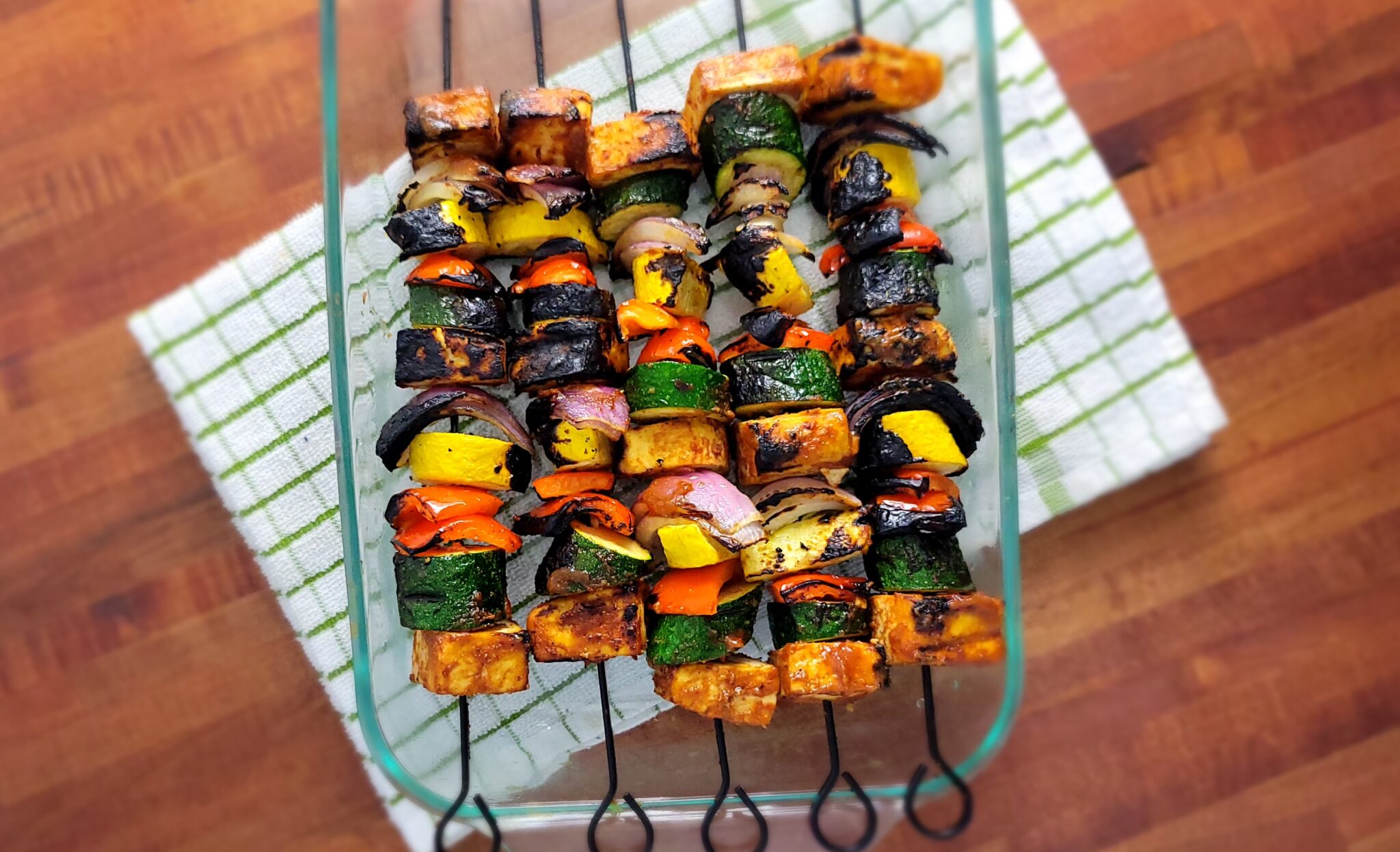Introduction to Kidney-Friendly Desserts
When you have kidney disease, it can feel like the best foods are off-limits, especially when it comes to desserts. This is not always the case. In this article, we review the important things to consider when choosing a dessert and ways to make your dessert healthier for you and delicious tasting, too!
Can I have desserts with kidney disease?
The short answer is Yes! You can have dessert while living with kidney disease.
Desserts are typically very high in sugar and can also be high in fat, sodium, potassium, and phosphorus. The majority of people with CKD also have diabetes, and high-sugar foods can significantly increase blood sugar. Dessert is meant to be a once-in-a-while treat and not every day.
What is a kidney-friendly dessert?
First and foremost, a kidney-friendly dessert is one that tastes good and does not make you feel guilty. Let’s dig deeper into it.
Sugar
Sugar is one of the biggest factors when deciding whether to eat dessert. High blood sugar damages the blood vessels in the kidneys [1]. Added Sugar has also been linked to unintentional weight gain, kidney stones, uric acid, and heart disease [2,3]. The majority of desserts are loaded with sugar.
If you want to reduce added sugar, the best way is to limit your dessert portion size. However, other methods exist to limit how much sugar you get from your dessert.
- Choose fruit as the base of your dessert. Examples may be berries with mouse or yogurt.
- Halve the amount of sugar in muffin or cupcake recipes.
- Consider using natural sweeteners like monk fruit [4] in baking [5].
Fat
Fats improve how foods feel, texture, and color, giving us smooth and decadent feeling. It is no wonder they are a big part of desserts. There are ways to reduce fat and not sacrifice taste when making baked goods.
Fat replacements in baked goods [6]:
- Swapping applesauce for oil
- Nondairy yogurts for oil
- Flax eggs for chicken eggs
Sodium
Salt/Sodium is also used in desserts to enhance flavor. Often, making baked goods from scratch versus a box can reduce the sodium content of your desserts. Avoiding the term “salted,” like in “salted caramel,” is another good technique.
Another good option is not to add salt to the recipe. However, salt is used in yeast fermentation in bread making and may be needed for certain recipes [7]. It is important to take a mindful approach to using salt in baking. Think about how many servings your recipe makes; is one serving really going to be high in salt/sodium? Many times, the answer is no. It is much more impactful to make a fresh baked good and include the salt than to make the same type of food from a box.
Potassium
If you are on a potassium-restricted diet, it is important to consider how much potassium is in your dessert.
These simple suggestions can help limit the amount of potassium:
- Choose non-dairy ice cream or sorbet versus animal-based dairy products
- Swap out lower potassium fruit pie options (apple for pumpkin)
- Choose vanilla-based or low-potassium fruit-based options versus chocolate or molasses-containing desserts, as these foods can be high in potassium.
Phosphorus
Many people with CKD do not need to limit phosphorus intake specifically; however, limiting phosphorus additives is important. Reading labels and choosing foods that do not contain phosphorus additives is recommended. Look for the letters “phos” in the ingredient list to identify a phosphorus additive.
If you have been told to limit phosphorus, making the following swaps can decrease the phosphorus in a dessert.
- Choose vanilla instead of chocolate.
- Choose non-dairy ice cream over dairy ice cream.
Kidney-friendly dessert options
Choosing desserts once in a while is very helpful for your kidneys. The following are examples of kidney-friendly dessert recipes.
- Dessert Tacos have minimal added sugar and are delicious.
- Cinnamon Stewed Apples are fruit-based and great for a wintery dessert.
- Pineapple Sorbet can cool you off on a hot day.
Conclusion
Desserts are a great way to celebrate birthdays or as an occasional treat. Following the tips in this article will help you make the best choice for your kidney health. Are you looking for more support on navigating CKD? Join our Donator Membership for ongoing video tutorials, meal plans, and more.
References
- https://www.cdc.gov/diabetes/managing/diabetes-kidney-disease.html
- https://www.ncbi.nlm.nih.gov/pmc/articles/PMC10436224/
- https://www.health.harvard.edu/heart-health/the-sweet-danger-of-sugar
- https://foodinsight.org/everything-you-need-to-know-about-monk-fruit-sweeteners/
- https://www.lakanto.com/pages/baking-guide
- https://blog.wilton.com/baking-alternatives-reducing-fat-in-your-favorite-baked-goods-recipes/
- https://www.kingarthurbaking.com/blog/2021/06/17/kosher-salt-best-salts-for-baking.

